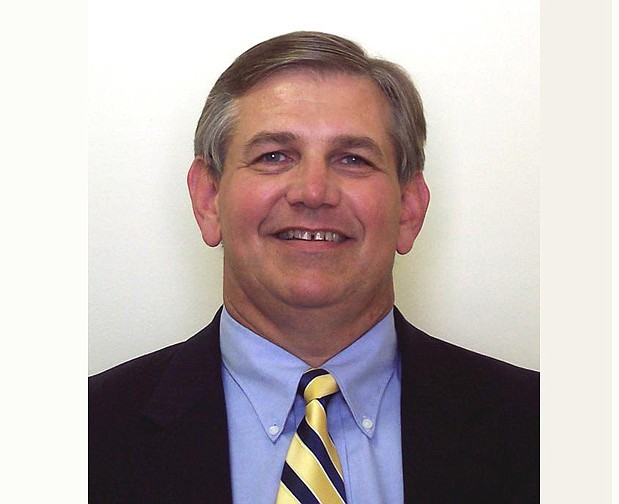Few issues so inflame the partisans of both parties as environmental regulation. So when President Obama announced a sweeping plan to reduce carbon emission from power plants 30 percent by 2030, his proposal was greeted with a chorus of opposition. While the manner in which the plan was promulgated has legitimately engendered controversy, the actual content warrants sober consideration. It could have been better, but it certainly could have been worse and does address a legitimate and difficult issue.
Production of electricity presents a classic example of a concept economists call externalities. Also known as spill-over costs, these are additional costs assumed by society at large since they are not readily captured in the production process and hence are not borne by the producer. For example, health care costs attributable to smoking were for many years covered by insurers and taxpayers, and not directly by tobacco companies even though they are clearly part of the cost of the product. Public policy actions like tobacco taxes and legal settlements attempt to redirect the expenses back to the producer of the good and ultimately to the consumer through higher prices.
Industrial activities that burn fossil fuels necessarily create large externalities. Nowhere is this truer than in the generation of electricity. Opponents of additional standards for greenhouse gases and soot from utility plants often fail to understand that the free market is not operating properly if all the costs are not explicitly accounted for in the price of the product. Meanwhile, overzealous regulators sometimes disregard economic consequences and often make the mistake of mandating specific actions, in effect choosing winner and losers. Government is notoriously bad at that game (think Solyndra).
The President's new decree takes a better tack. Rather than mandating coal plant closures or specifying the adoption of specific technologies, it sets broad limits on greenhouse gases and leaves the details up to the states. States then can allow operators the flexibility to decide for themselves how best to reach the 30 percent reduction by adjusting their own mix of fuels, building new plants, or investing in new technologies to burn coal more cleanly.
This approach contrasts with the nonsensical mash-up of federal and state rules confronting the transportation sector, with tax breaks and mandates for electric cars, ethanol, and bio diesel. This crazy-quilt of government micromanagement led the CEO of Fiat Chrysler to plead with his customers to please not buy his electric vehicle since he loses $14,000 on each one. Instead, he suggests setting a broad target and letting the industry figure out how to reach it.
This is in effect what the EPA rules have done, giving states and generators greater leeway to figure out the best approach to hitting the targets.
Meanwhile, another somewhat overlooked aspect of the edict is that the 30 percent reduction is measured against 2005 levels. This was a major victory for the industry, as great progress has already been made since then. In fact, U.S. producers are already half way to the 2030 goal, largely due to market forces that have driven changes in fuel inputs.
(The Tennessee Valley Authority estimates it has already cut carbon emissions by 30 percent since 2005 and should cut another 10 percent of CO2 emissions by 2020).
The best way to capture and allocate external social costs would be a system of tradable pollution credits that could be bartered in an active market among producers. But such schemes depend upon government to allocate the initial credits, again choosing winners and losers. In that context, the President's plan must be fairly judged to be reasonable and will not prove as disruptive as some opponents predict. Credit where credit is due.
Christopher A. Hopkins, CFA, is a vice president for Barnett & Co. Investment Counsel.

